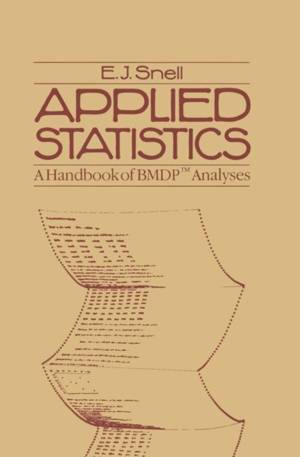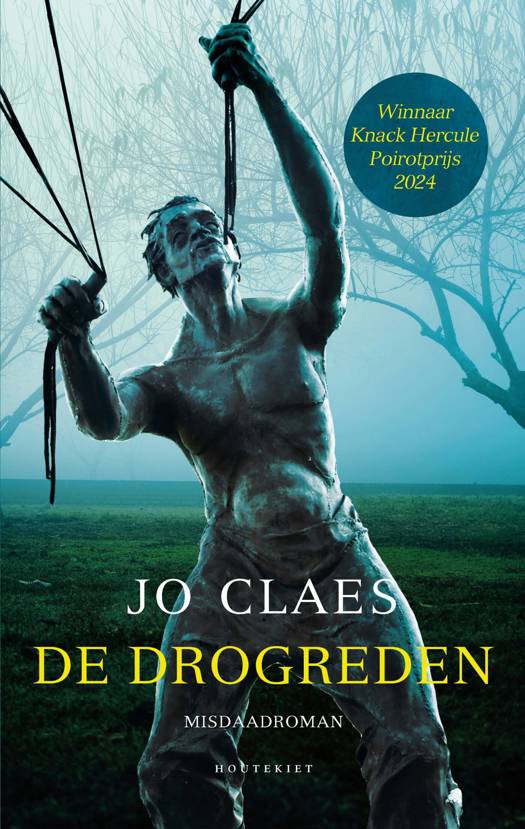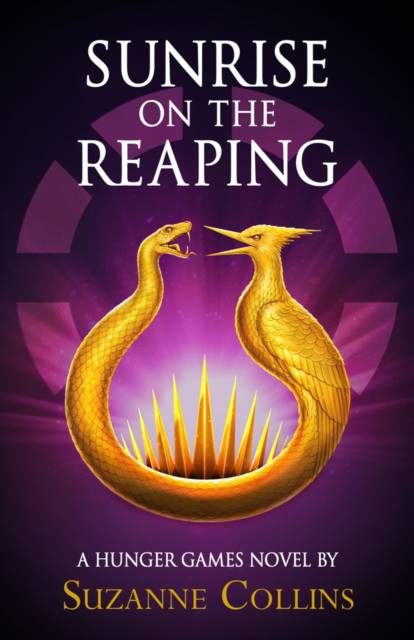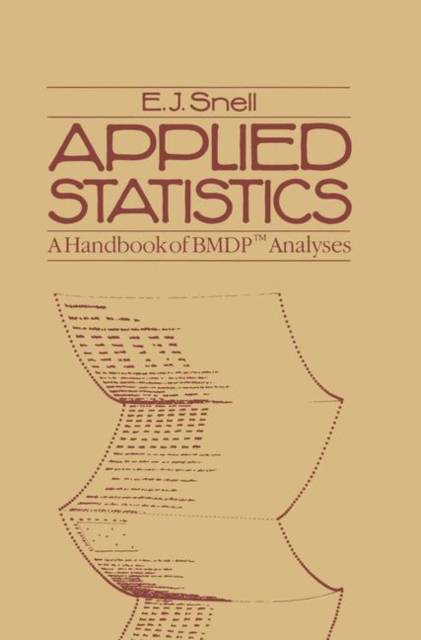
- Afhalen na 1 uur in een winkel met voorraad
- Gratis thuislevering in België vanaf € 30
- Ruim aanbod met 7 miljoen producten
- Afhalen na 1 uur in een winkel met voorraad
- Gratis thuislevering in België vanaf € 30
- Ruim aanbod met 7 miljoen producten
Zoeken
Omschrijving
This handbook is a realization of a long term goal of BMDP Statistical Software. As the software supporting statistical analysis has grown in breadth and depth to the point where it can serve many of the needs of accomplished statisticians it can also serve as an essential support to those needing to expand their knowledge of statistical applications. Statisticians should not be handicapped by heavy computation or by the lack of needed options. When Applied Statistics, Principle and Examples by Cox and Snell appeared we at BMDP were impressed with the scope of the applications discussed and felt that many statisticians eager to expand their capabilities in handling such problems could profit from having the solutions carried further, to get them started and guided to a more advanced level in problem solving. Who would be better to undertake that task than the authors of Applied Statistics? A year or two later discussions with David Cox and Joyce Snell at Imperial College indicated that a wedding of the problem statements and suggested solutions with control language to accomplish these analyses would further the learning process for many statisticians. They were willing to undertake the project. Joyce Snell has done an excellent job of melding the two approaches and has carried many of the problems a step further by suggesting alternate approaches and follow-up analyses.
Specificaties
Betrokkenen
- Auteur(s):
- Uitgeverij:
Inhoud
- Aantal bladzijden:
- 171
- Taal:
- Engels
- Reeks:
Eigenschappen
- Productcode (EAN):
- 9780412284106
- Verschijningsdatum:
- 18/12/1986
- Uitvoering:
- Paperback
- Formaat:
- Trade paperback (VS)
- Afmetingen:
- 156 mm x 234 mm
- Gewicht:
- 267 g

Alleen bij Standaard Boekhandel
+ 167 punten op je klantenkaart van Standaard Boekhandel
Beoordelingen
We publiceren alleen reviews die voldoen aan de voorwaarden voor reviews. Bekijk onze voorwaarden voor reviews.











